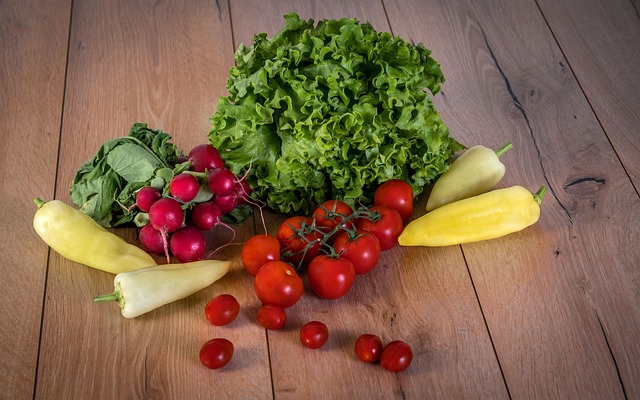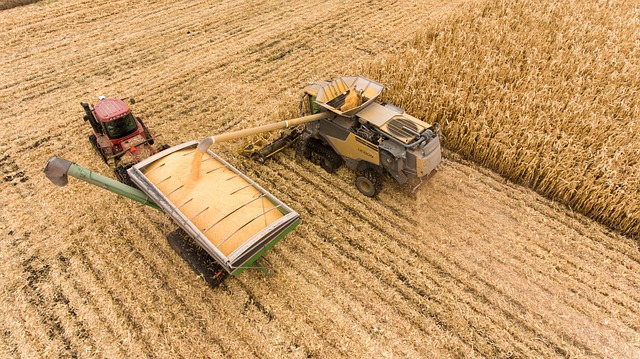Intensive agriculture, with its promise of high yields and efficiency, plays a pivotal role in fulfilling the ever-growing demand for food. As farmers strive to produce more on fewer acres, the challenges related to transport sustainability and rural development become increasingly apparent. The agricultural landscape is evolving, and with it comes the need to strike a balance between productivity and environmental responsibility.
Transport sustainability is a crucial element in the equation of intensive agriculture. The extensive movement of agricultural products from farms to markets can lead to significant carbon footprints. Thus, it’s essential to develop transportation methods that reduce emissions while remaining economically viable for farmers. Investing in sustainable practices, such as electric vehicles for transporting goods or optimizing delivery routes, can help minimize the adverse effects of intensive farming on the environment. Furthermore, leveraging local markets can also enhance sustainability; by reducing the distance food travels, we preserve the quality of produce while minimizing transport-related emissions.
As we delve deeper into the subject, we must not overlook rural development, which is intrinsically linked to the rise of intensive agriculture. Rural areas are often the backbone of agricultural production, serving not only as the source of food but also as communities integral to our society. By embracing intensive agriculture, we must ensure that these regions do not suffer from negative externalities. Promoting local employment opportunities, fostering cooperative farming initiatives, and investing in rural infrastructure can empower these communities, transforming challenges into opportunities for growth and prosperity.
Another aspect worth considering is the integration of modern technology into agricultural practices. This technological advancement can lead to increased efficiency and sustainability. Precision agriculture, for instance, makes use of data and technology to optimize planting, watering, and harvesting processes. Such innovations not only enhance yield but also contribute to a lower environmental impact, aligning perfectly with the goals of transport sustainability and rural development.
Moreover, policymakers play a crucial role in this delicate balance. Therefore, supporting legislation that encourages sustainable farming practices, invests in rural infrastructure, and promotes accessible transport solutions is vital for the long-term health of our agricultural systems. As stakeholders collaborate to create a well-rounded approach, deep-rooted issues related to intensive agriculture can be addressed head-on, ensuring that both our environment and rural communities thrive.
In conclusion, the path forward requires a concerted effort to embrace innovative agricultural practices while prioritizing transport sustainability and the well-being of rural communities. By doing so, we can ensure that intensive agriculture serves as a tool for progress and sustainability, rather than a source of conflict between productivity and ecological health. Let us advocate for a future where intensive agriculture, transport sustainability, and rural development go hand in hand, fostering a resilient agricultural system that benefits all.




